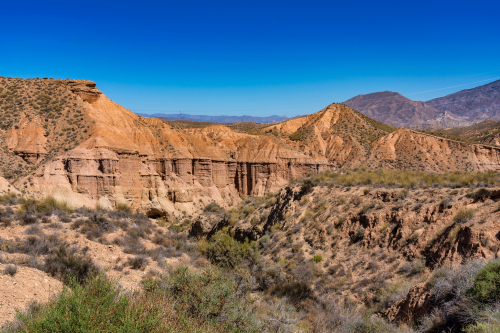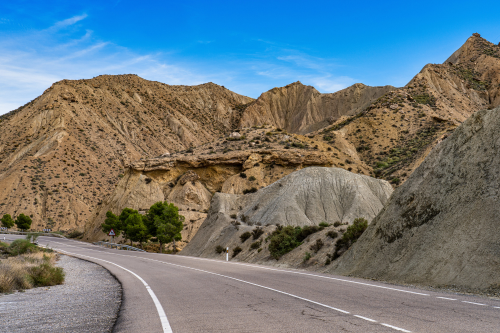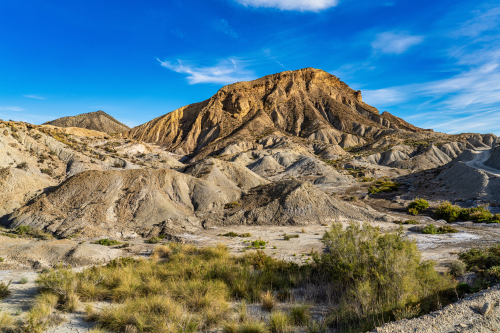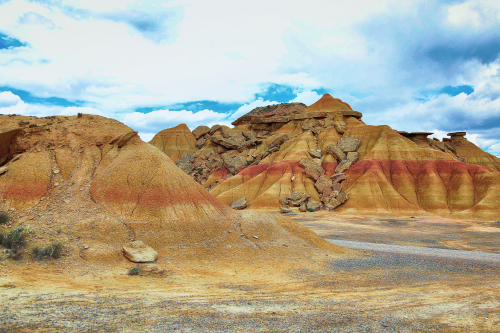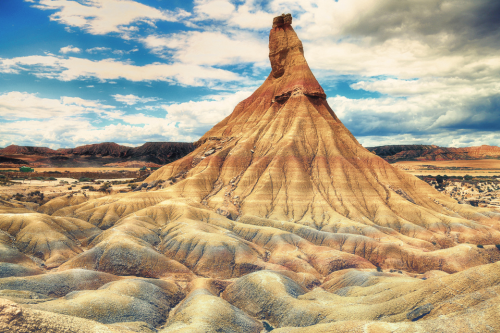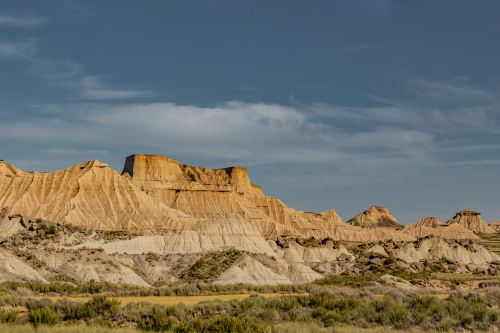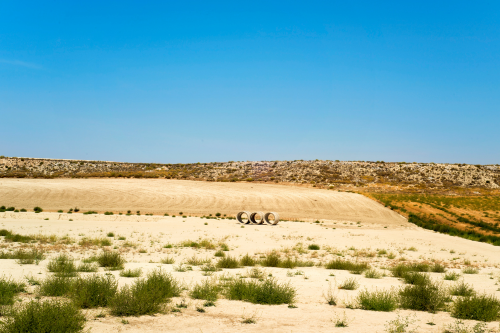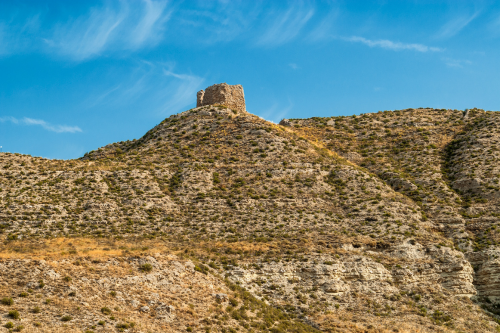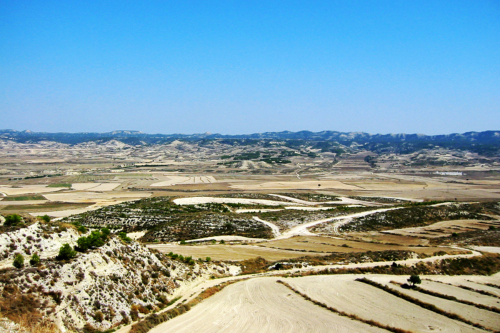Discovering Spain's Deserts
When most people think of Spain, they envision sunny beaches, vibrant cities, and rich cultural heritage. However, Spain is also home to some of Europe’s most unique and stunning desert landscapes. These arid regions, often overlooked by travelers, offer an extraordinary experience for those willing to venture off the beaten path. In this article, we’ll explore the mesmerizing deserts of Spain and why they deserve a spot on your travel bucket list.
The Tabernas Desert: Europe's Mini-Hollywood
Located in the province of Almería, the Tabernas Desert is arguably Spain’s most famous desert. Often referred to as “Europe’s only true desert,” it spans over 110 square miles and boasts dramatic landscapes reminiscent of the American Wild West.
What Makes Tabernas Special?
Movie History: The Tabernas Desert has been the backdrop for countless films, including classics like “Lawrence of Arabia” and “The Good, the Bad, and the Ugly.” Visitors can explore old movie sets and even take guided tours to learn about the desert’s cinematic history.
Unique Flora and Fauna: Despite its arid conditions, the Tabernas Desert is home to various plant and animal species. Keep an eye out for resilient shrubs, wildflowers, and even the occasional fox or eagle.
Activities: Whether you’re interested in hiking, photography, or just soaking in the scenery, the Tabernas Desert offers a range of activities. Don’t miss the chance to visit Oasys MiniHollywood, a theme park with live shows, a zoo, and replicas of Wild West towns.
The Bardenas Reales: A Surreal Landscape
Situated in the southeast of Navarra, the Bardenas Reales is a semi-desert region covering 165,000 acres. Its otherworldly terrain, characterized by canyons, plateaus, and solitary rock formations, makes it a haven for nature enthusiasts and photographers alike.
Highlights of Bardenas Reales
- Natural Beauty: The Bardenas Reales is renowned for its stunninglandscape, which seems almost alien with its eroded cliffs, ravines, and solitary monoliths. The region is divided into several distinct areas, each offering unique geological features. The “Bardenas Blancas” is particularly famous for its white clay and gypsum formations.
Hiking and Biking Trails: There are numerous trails throughout the Bardenas Reales, suitable for both hiking and mountain biking. These trails provide an up-close look at the desert’s unique geology and wildlife. The Cabezo de Castildetierra, a prominent rock formation, is a must-see landmark.
Wildlife: Despite its harsh environment, the Bardenas Reales supports a variety of wildlife. Bird watchers will be thrilled by the presence of several raptor species, including eagles and vultures. The area is also home to reptiles and small mammals adapted to the desert climate.
The Monegros Desert: A Hidden Gem
Stretching across parts of Zaragoza and Huesca provinces in northeastern Spain, the Monegros Desert is another remarkable arid region worth exploring. Covering over 1,200 square miles, it offers a less-touristed but equally compelling desert experience.
What to Expect in the Monegros Desert
Diverse Landscapes: The Monegros Desert features a variety of landscapes, from sand dunes and dry riverbeds to steppe-like plains. This diversity makes it a fascinating destination for nature lovers and photographers.
Historical Sites: The area is dotted with historical sites, including ancient ruins and medieval castles. These remnants of past civilizations add a layer of historical intrigue to the natural beauty of the desert.
Festivals and Events: The Monegros Desert is famous for hosting the annual Monegros Desert Festival, a massive electronic music festival that draws thousands of worldwide visitors. This vibrant event is a stark contrast to the desert’s usual tranquility.
Tips for Visiting Spain’s Deserts
- Best Time to Visit: Spring (March to May) and autumn (September to November) are the best times to visit Spain’s deserts, as temperatures are milder and more comfortable for outdoor activities.
- Stay Hydrated: Always carry plenty of water, as the arid conditions can lead to dehydration quickly.
- Sun Protection: Wear sunscreen, hats, and sunglasses to protect yourself from the strong desert sun.
- Guided Tours: Consider joining a guided tour, especially if you’re unfamiliar with desert environments. Local guides can provide valuable insights and ensure a safe and enjoyable experience.
Spain’s deserts are a testament to the country’s incredible geographical diversity. From the cinematic landscapes of the Tabernas Desert to the surreal beauty of the Bardenas Reales and the hidden charm of the Monegros, these arid regions offer unique adventures for intrepid travelers. Whether you’re a film buff, nature enthusiast, or simply looking for a new destination to explore, Spain’s deserts promise unforgettable experiences.
Ready to embark on an extraordinary journey? Let our travel agency help you plan the perfect trip to discover Spain’s enchanting deserts. Contact us today to start your adventure!

